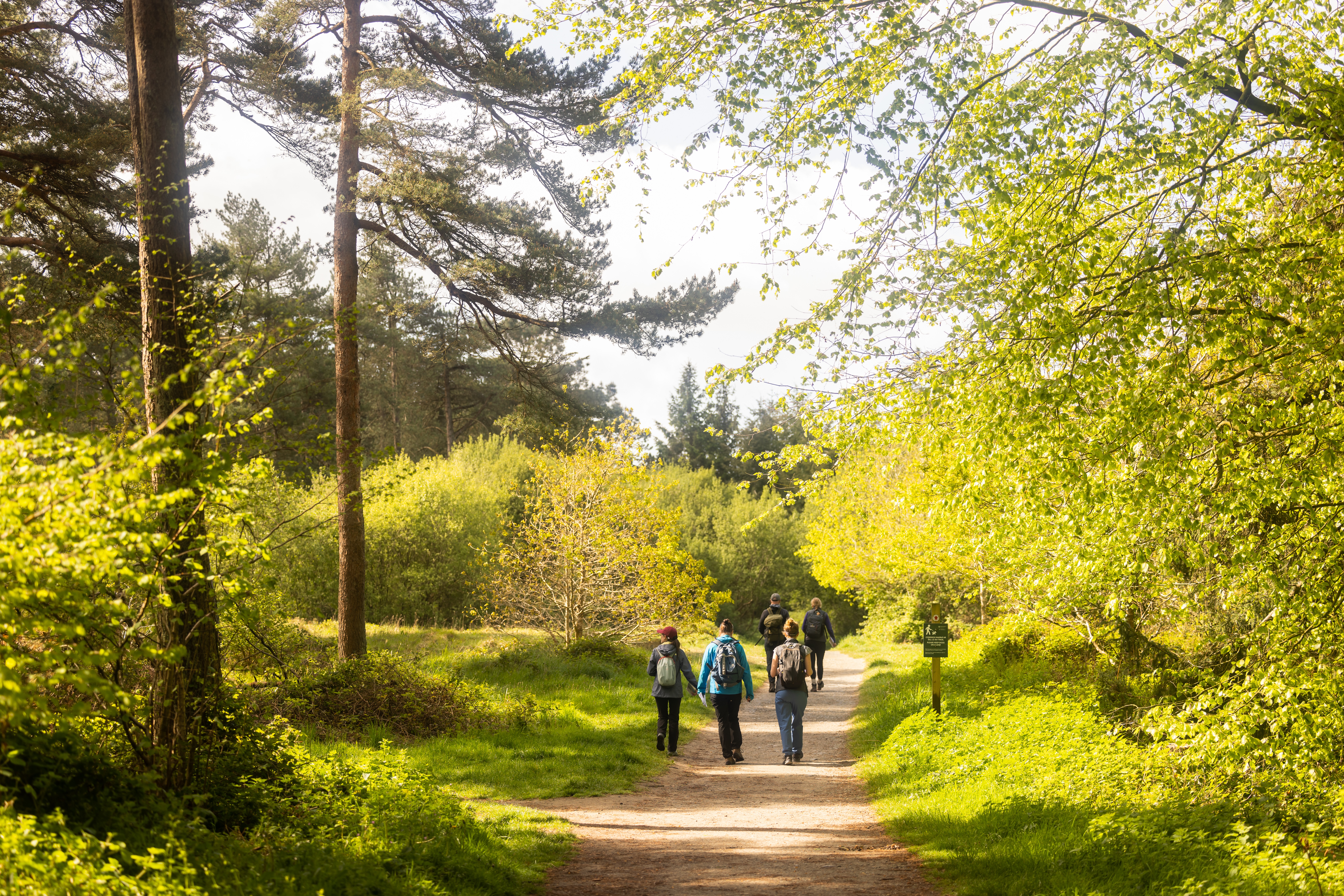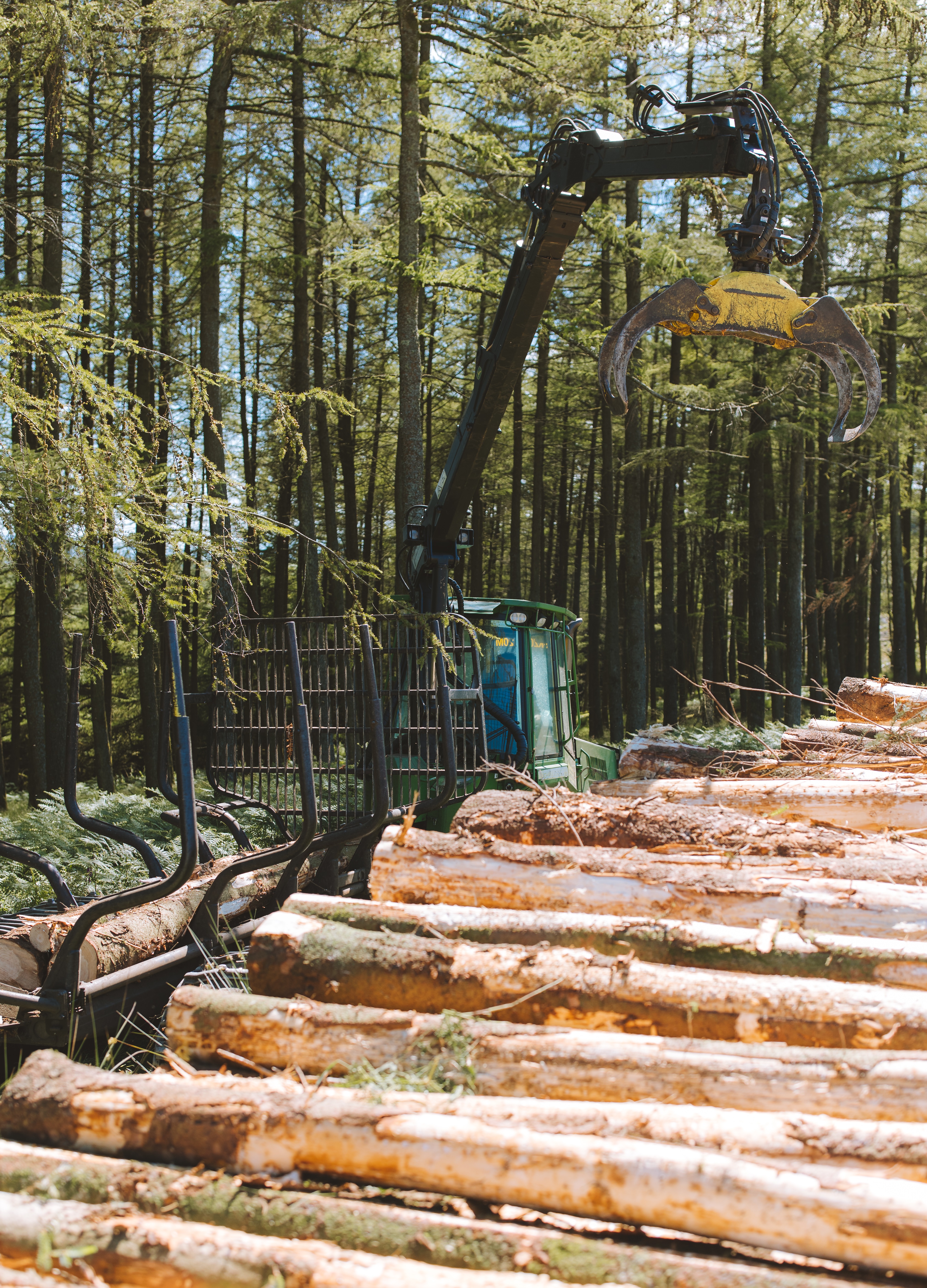April 2, 2024
(press release)
–
Woodland cover in Ireland was 80 per cent at the start of the Neolithic, when people first arrived on the island. Accelerating conversion for agriculture meant that by the end of the 16th century, cover was less than one per cent. Afforestation began in the early 20th century using North American conifers on land unsuitable for agriculture, and then in the 1980s the EU started to fund private landowners to plant more broadleaf species on better land. As a result, forest cover is around 11 per cent today, and still the lowest in Europe, where the average is around 30 per cent. The Irish government plans to increase the cover to 17 per cent by 2030, a plan further supported by a new FSC Interim Forest Stewardship Standard for Ireland that comes into force on 15 July 2024. The new standard has been nearly three years in the making and is based on two rounds of consultation with a range of stakeholders, including industry experts, environmentalists, and local communities. An extra consultation beyond the mandated two rounds was conducted to address concerns, giving equal opportunities for feedback and to foster consensus from economic, environmental, and social perspectives in order to safeguard sustainability in future. The Interim Forest Stewardship Standard for Ireland embodies all aspects of FSC’s most recent Principles and Criteria, including requirements that go beyond legal compliance such as health and safety of workers and restricting planting on peatlands. The indicators in the new standard are tailored to Ireland, and include several points designed to protect natural environments. For example, insecticides that could damage ecosystems are forbidden near watercourses. Drinking water is important to local communities, who will thus benefit from this and other provisions in the standard that protect natural resources. The Standard also requires these local communities to be consulted in forestry management plans. Much of future forest management will be dedicated to restructuring the even-age woodlands planted recently, to make them more diverse. This will include felling, to broaden the age and size range and allow more diverse species to establish. In the Standard, all felling is carefully regulated to curb clear cutting. Standard in action About 440,000 ha of Ireland’s forests – 7 per cent of total land area – are managed by Coillte, the semi-state forestry company; coill means wood in Gaelic. Guided by FSC’s Interim Forest Stewardship Standard, Coillte has increased its attention to conservation and biodiversity. Work has included removing invasives such as rhododendron and laurel from the surviving remnants of ancient woodland. This will help to permit natural regeneration of appropriate species and encourage rare and endangered plants and animals. Ancient and long-established woods often contain features such as charcoal‐hearths, limekilns, quarries, coppice, and pollards that offer clues into past woodland management and are of great cultural value. Coillte has restored 2400 ha of native forests since 2000 and the Standard encourages this work to continue. There has also been a shift of emphasis from timber production to ecosystem services and community well-being, especially close to urban areas. The woods near Dublin, for example, are gradually being transformed to make them more available to city dwellers to take advantage of the natural world. Charismatic red squirrels are one of the species benefitting from these efforts, a delight for human visitors. Extractive peat mining is being phased out and areas returned to a more natural state. Much of this involves rewetting the peat bogs, but where this is less successful, such as on higher ground, water-loving trees such as willow and alder can be re-established. Planting into this kind of environment is challenging, but foresters are studying natural regeneration and trying to emulate what works. Coillte has said that it intends to increase the amount of its holdings managed primarily for nature from 20 per cent to 50 per cent over the long term. For its part, the Irish Forestry Development Department recently published Your tree planting companion to help inspire and inform people so that efforts to plant trees are as successful as possible. The IFSS for Ireland (English version) can be consulted in the FSC Document Centre. Inquiries regarding the standard can be directed to nationalstandards@fsc.org. Emphasis on biodiversity conservation, environmental improvement, and sustainable production as forestry sector embraces plans for the future.


* All content is copyrighted by Industry Intelligence, or the original respective author or source. You may not recirculate, redistrubte or publish the analysis and presentation included in the service without Industry Intelligence's prior written consent. Please review our terms of use.




